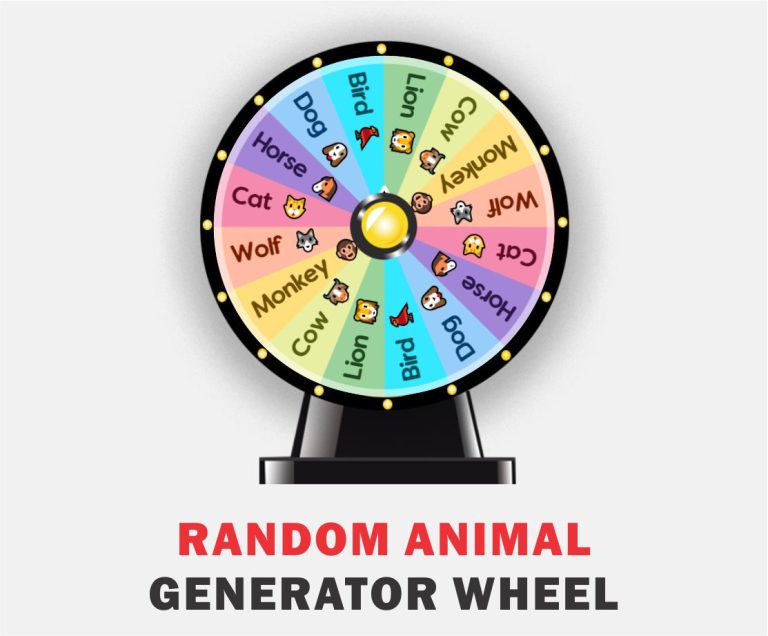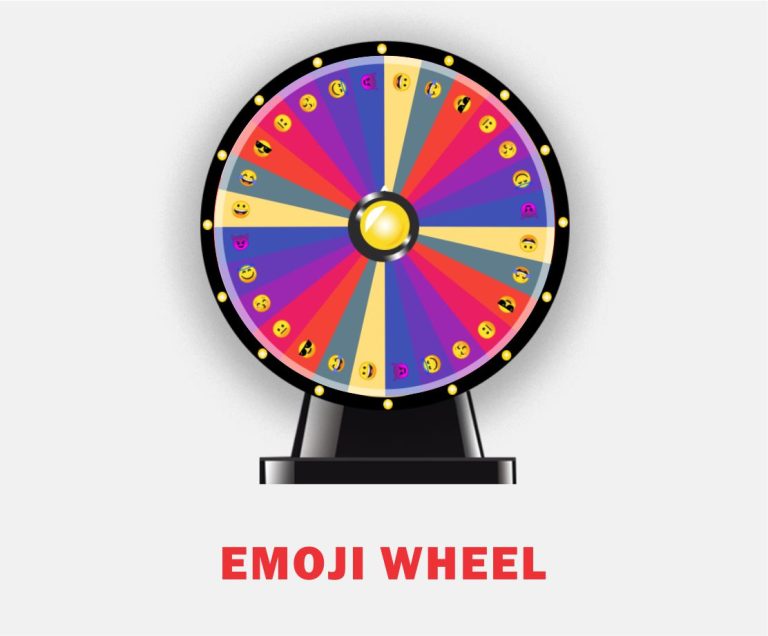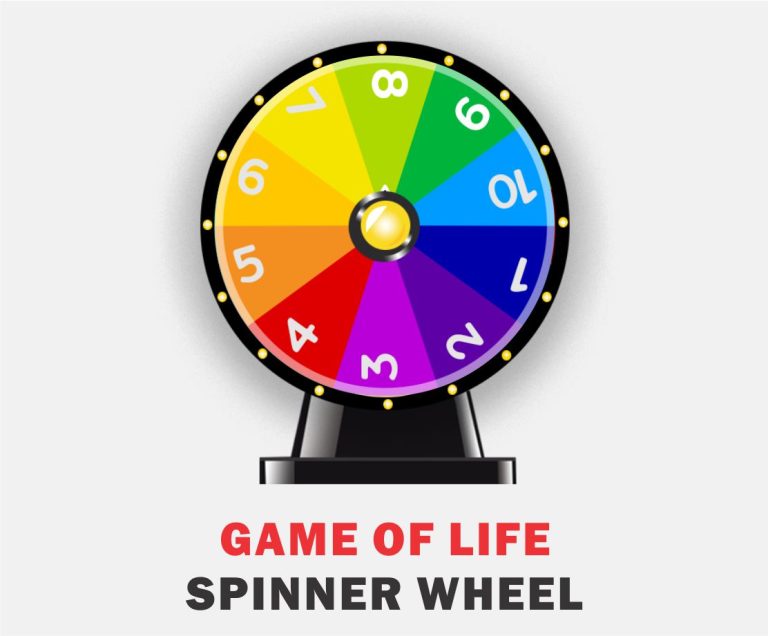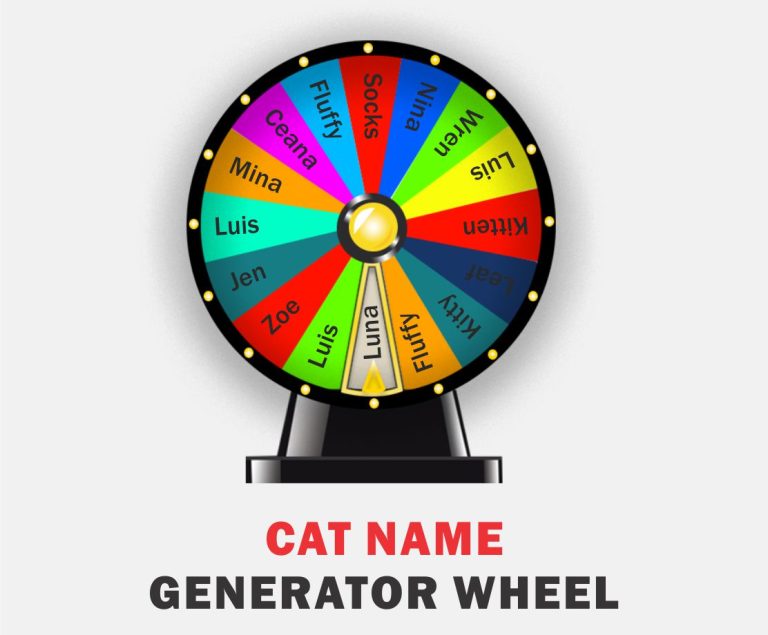🤬 Emotions Wheel | Dive to know yourself, Detect Your Mood Instant 🤭
I hope my audience will agree with me if I say that Emotions are the windows of your soul! Without emotions, a human being can’t express what he is feeling. If I generally talk about the expressions of people who live around us, I would share my opinion from different perspectives. For instance, it is a common observation that there exist people with feelings, some have intense feelings but others have feelings but they know how to hide them. These major feelings lie in the fundamentals of the emotions wheel in the form of 8 basic emotions.
The 8 basic emotions that lie as the fundamentals of the emotions wheel are joy, sadness, fear, surprise, disgust, anger, trust, and anticipation. It is totally impossible for human beings to stay away from all these emotions and live their lives as robots. Of course, when they observe, they will feel.
The purpose of this post is to share a piece of information with my readers about the wheel of emotions that I have found really helpful. Among these are the categories of emotions, benefits of using the emotion wheel, Plutchik’s wheel, and color codes to understand different emotions. Of course, users can use an Emoji wheel to express their emotions if they are chatting with someone. Let us explore some new things about the emotional sensation wheel.
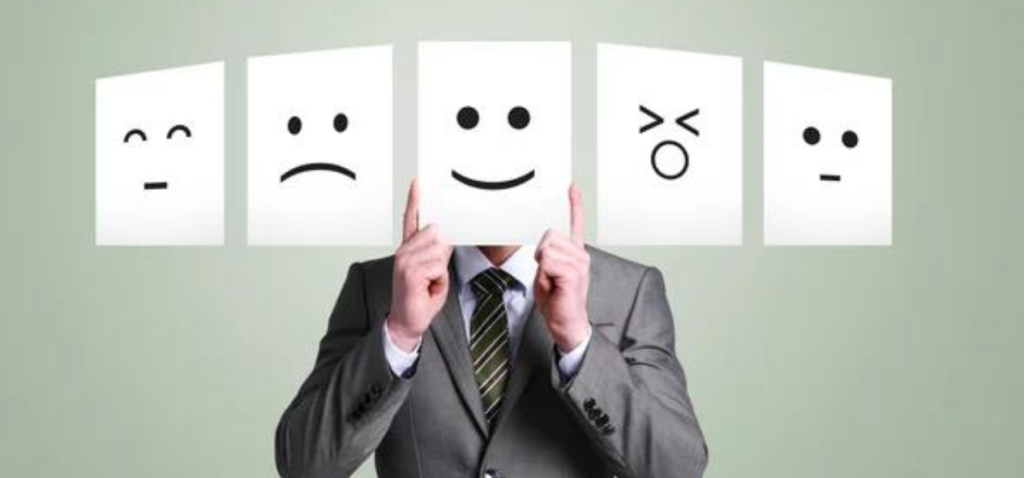
😧 How are Emotions categorized in the Emotions Wheel? 😱
It is a matter of keen interest for a person who really wants to understand how emotions are categorized in the psychology emotion wheel. Emotions are categorized into three basic forms: primary emotions, secondary emotions, and tertiary emotions. But before explaining these emotions I would like to discuss the fundamentals that are the origin of other emotions.
Working of an Emotion Wheel on the Fundamental Emotions
Sadness: Sadness mainly indicates the emotional state of a person when he is feeling low and unhappiness. A person in this emotional state feels pain, hopelessness, grief, hurt, rejection, melancholy, and other feelings. Sometimes these feelings become intense while at other times it is fairly mild.
Joy: The emotional state in which a person feels happiness, well-being, success, and good fortune. This leads to triumph, pleasure, contentment, pride, satisfaction, and serenity.
Fear: An emotional reaction that leads to a state of being in danger, terror, and nervousness is called fear. Any person in this state will absolutely feel apprehension, concern, anxiety, stress, and caution.
Surprise: When a person faces encounters with sudden and unexpected sounds and movements he feels himself to be surprised.
Disgust: One of the universal emotions where a person has a feeling of aversion towards something offensive. A person may feel disgusted by something that is understood by our senses, actions, appearances, and even ideas. It leads to hatred, disinterest, repulsion, criticism, and revulsion.
Anger: A feeling of antagonism towards someone who has done something wrong or anything done wrong by you. Way to express your negative feelings to someone in the form of rage, irritation, frustration, insult, mocking, jealousy, and some others.
Trust: Trust is defined as the emotional security of someone. When you have trust in someone you really feel secure sharing your problems with such a person who is providing a comfort zone to you. It leads to positivity, security, comfort, support, and hope.
Anticipation: The immediate emotions that a person feels when thinking about the coming events lead to anticipation. It contains vigilance, excitement, expectation, interest, and expectation.
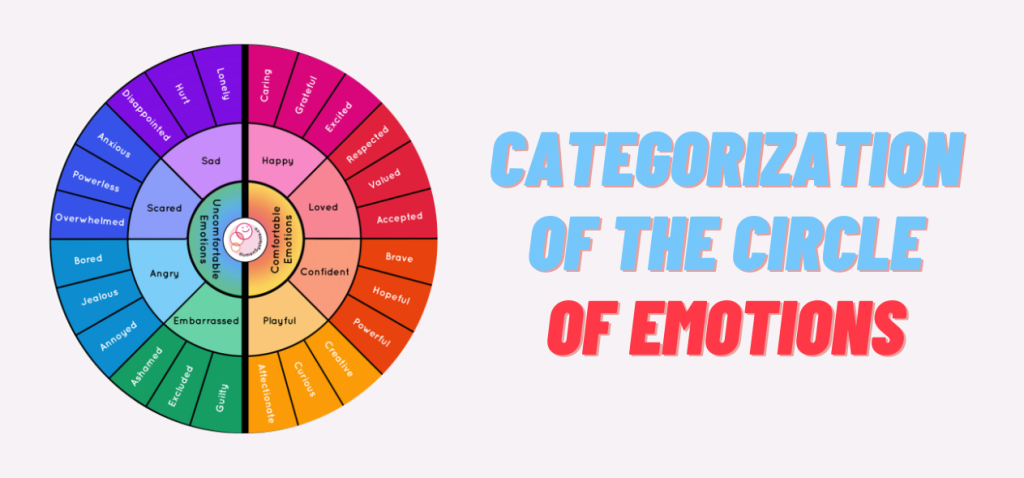
Categorization of the Circle of Emotions
The emotions wheel has been categorized into primary, secondary, and tertiary emotions. I would like to share my knowledge about the circle of emotions that leads to these emotions and how they blend with each other.
Primary Emotions – Basic Emotions
These emotions are the origin of the emotion wheel that forms the base. They are especially known as fundamental ones which I have discussed above and are completely pure, not a blend of any other emotion. These emotions include joy, sadness, fear, surprise, trust, anger, disgust, and anticipation.
Secondary Emotions – Influenced by Others
Such emotions that are influenced by other emotions are called secondary emotions. For instance, I will show it with a simple example. If I am feeling angry towards someone that he has criticized me in front of others I will also feel embarrassed and ashamed at a time. So these emotions that are influenced by anger are known as the secondary emotions whose origin is the primary one. Although we can understand the root cause of these emotions it is difficult for a person to regulate them.
Tertiary Emotions – A Blend of Primary & Secondary Emotions
The emotions that we feel as a consequence of the secondary emotions are called tertiary emotions. I will give its example in the form of resentment that comes as a consequence of rage which is a secondary emotion. And if you completely go through with rage you will understand that its origin is anger which is a primary emotion. Therefore, there needs to be more in-depth knowledge of emotions to understand the origin or base of emotions.
Some Examples to understand the Primary, Secondary, and Tertiary Emotions
| Primary emotion | Secondary emotion | Tertiary emotions |
| Love | Affection | Adoration, affection, love, fondness, liking, attraction, caring, tenderness, compassion, sentimentality |
| Lust | Arousal, desire, lust, passion, infatuation | |
| Longing | Longing | |
| Joy | Cheerfulness | Amusement, bliss, cheerfulness, gaiety, glee, jolliness, joviality, joy, delight, enjoyment, gladness, happiness, |
| Zest | Enthusiasm, zeal, zest, excitement, thrill, exhilaration | |
| Contentment | Contentment, pleasure | |
| Pride | Pride, triumph | |
| Optimism | Eagerness, hope, optimism | |
| Enthrallment | Enthrallment, rapture | |
| Relief | Relief | |
| Surprise | Surprise | Amazement, surprise, astonishment |
| Anger | Irritation | Aggravation, irritation, annoyance, grouchiness, grumpiness |
| Exasperation | Exasperation, frustration | |
| Rage | Anger, rage, outrage, fury, wrath, hostility, ferocity, bitterness, hate, dislike, resentment | |
| Disgust | Disgust, revulsion, contempt | |
| Envy | Envy, jealousy | |
| Torment | Torment | |
| Sadness | Suffering | Agony, suffering, hurt, anguish |
| Sadness | Depression, despair, hopelessness, gloom, glumness, sadness, unhappiness, grief, sorrow, woe, misery, melancholy | |
| Disappointment | Dismay, disappointment, displeasure | |
| Shame | Guilt, shame, regret, remorse | |
| Neglect | Alienation, isolation, neglect, loneliness, rejection, insecurity, embarrassment, humiliation, insult | |
| Sympathy | Pity, sympathy | |
| Fear | Horror | Alarm, shock, fear, fright, horror, terror, panic, hysteria |
| Nervousness | Anxiety, tenseness, uneasiness, apprehension, worry, distress, |
🔵 Color Codes to Understand the Emotion Wheel 🔴
Our random color picker wheel contains the categorization of colors in the form of primary, secondary, and tertiary colors. I would like to introduce the color codes which will be an interesting activity for users to understand the emotions. Let us explore the color codes for emotions given below;
| Colors | Color Categorization | Emotions |
| Red | Primary | Anger, Love, Joy, passion, sacrifice, danger, courage, embarrassment, passion, or lust |
| Yellow | Primary | Happiness, excitement, originality, enthusiasm, confidence, hope, creativity, cowardice, illness, caution, betrayal, egotism, and anxiety |
| Blue | Primary | Calmness, relaxation, peace, tranquility, security, shyness, sadness, and orderly |
| Green | Secondary | Refreshment, peace, rest, security, depression, regular sadness, and stoicism |
| Purple | Secondary | Creativity, Royalty, Femininity, spirituality, wealth, extravagance, magic, peace, pride, fear, courage |
| Orange | Secondary | Enthusiasm, excitement, warmth, happiness, energy, optimism |
| Grey | Secondary | Balance, Neutrality, depression, loss, regular sadness |
| Black | Primary | Power, elegance, sophistication, status, formality, evil, death, grief, mourning, the Occult, mystery, heaviness, depression, rebellion, fear |
| Pink | Secondary | Love, kindness, femininity, Cheeriness, embarrassment, lover, or lust |
| White | Primary | Cleanliness, purity, safety, shock, fear, coldness, or mournfulness |

Difference between the Feelings Wheel and Emotions Wheel
The word feeling and emotions seems to be the same but in terms of wheel, you will absolutely note down the difference between the two wheels. If I talk about the feelings wheel I would expect from my readers that they will absolutely not forget that it was created by Dr. Gloria Willcox in the year of 1982.
The inner circle of this wheel is composed of emotions identified as Mad, Sad, Scared, Joyful, Powerful, and peaceful. Besides, it contains two outside concentric circles that describe secondary emotions. But on the other hand, the emotions wheel was created in the form of Plutchik’s Wheel in the year of 1980. Both wheels have the major difference in the core inner emotions.
Plutchik’s Wheel of Emotions – Evolutionary Theory of Emotions
The famous psychologist Robert Plutchik provided the Emotions wheel with eight emotions and a blend of emotions called Dyads. According to Plutchik’s wheel, there are only eight basic emotions if you see the spectrum defining different states. Plutchik’s wheel of emotions is based on the ten postulates that I would like to share with my readers and they will absolutely understand it.
- Animals & Humans: The 1st postulate states that animals also feel emotions in the same way as human beings do.
- Evolutionary History: The 2nd postulate leads that emotions involve the process of evolution.
- Survival Issues: The 3rd one, postulates the involvement of the key force of Natural selection in evolution. Emotion provides the best way of survival to the people.
- Prototype Patterns: The best way of finding a wide range of things is to use prototypes. Plutichik’s wheel provides a small set of common emotions.
- Basic Emotions: Plutchik’s wheel of emotions describes 8 basic emotions.
- Combinations: The wheel also provides a combination of emotions for primary, secondary, and tertiary dyads.
- Hypothetical Constructs: This postulate explains that emotions are constructs and ideas that a person feels to describe the experience.
- Polar Opposites: All the emotions have their polar opposites in the fundamental primary emotions. For instance, sadness has joy, Trust has disgust, Fear has anger, and surprise has a polar opposite of anticipation.
- Similarity: Emotions vary with each other and may also get similar. Some emotions form a group of similarities. For instance, love has a language of affection, passion, devotion, respect, fondness, desire, longing, and enthusiasm.
- Intensity: Of course, without intensity, it is impossible to identify an emotion. Therefore, intensity is an important factor for describing the postulates of the emotions wheel.
Polar Opposite Emotions in the Emotion Wheel
Each primary emotion in the emotions wheel has a polar opposite which is used as the negative emotion. You can simply understand the polar opposites in the form of good and bad, rich and poor, and day and night. This clearly means that they don’t cancel the effect of each other but have an impact on human nature. If we understand how the polar opposites provide positive and negative emotions the best example that I will mention is Love and Hate! Let us understand the polar opposite emotions for the Emotions wheel given below;
- Joy – Sadness
- Trust – Disgust
- Anger – Fear
- Anticipation – Surprise
Opposite emotions clearly don’t mean that they attract each other. All they are doing is giving humans’ emotional nature an alternative state. If a person is lying in a state of grief he would surely test joy or happiness before or after. Therefore, it is better for individuals to understand that human nature not only contains positivity but also negativity.
Perks of the Wheel of Emotions in Daily Life
Of course, human beings cannot have the same emotions throughout their lives. They have fluctuations in their life circumstances and definitely, their emotions change according to the circumstances. This wheel is very helpful in daily life for the mental health of people and any other wheels play such a role just as the Random NBA Team Generator. Human emotions are not just like the daily life work that may cause stress, but they are the feel of sensation.
The thing which lies inside your soul, makes you either a soft person or too hard that you take the circumstance easier and get rid of intense feelings. Human emotions are absolutely important as they cause evolution, lead to survival, and urge us to understand several behaviors. Identifying your emotions in various cases will help you to choose people around you. You can make a decision about who is able to be your partner and which things you should avoid.
One of the major things that people can’t ignore in the advantages of the wheel of emotion is that you can handle your negative emotions. For instance, if you fear something like Dracula or Horror things you can learn different techniques on how to overcome them. So there is absolutely no place where you can separate emotions and work robotically to live life. I would like to elaborate on the benefits more in the form of a single individual towards himself too. Besides, I think readers must understand the benefits of emotions towards their relations and other areas.
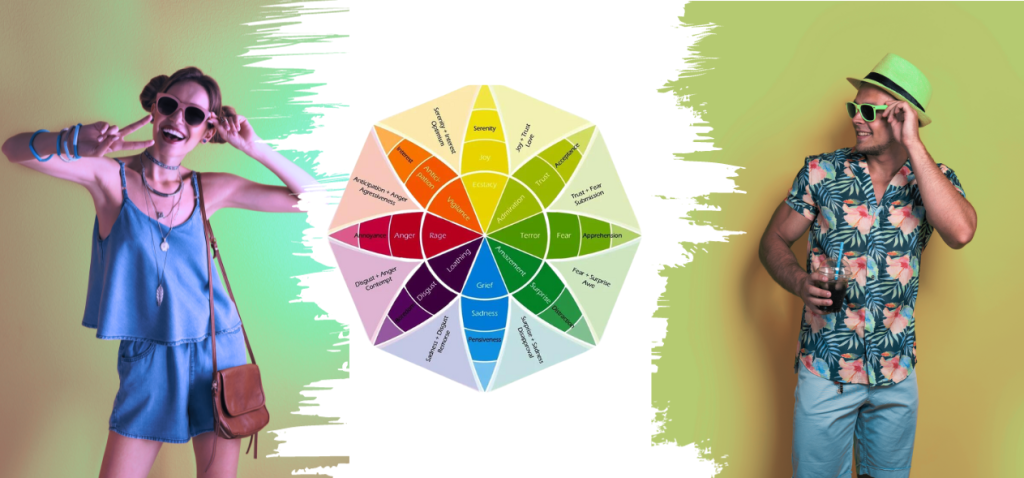
How may I develop a relationship with myself by using the Wheel?
It is the most important thought for any person who is unable to granular his emotions. Using this method has many benefits in such contexts as what a person feels in different situations.
Practice Labeling your Emotions
Using the emotional wheel to label your feelings is a great idea. This will absolutely help you whether you are taking a positive vibe from your surroundings or a negative one. You can easily take your brain out of complexities by labeling your emotions and you will learn how to tackle your emotions.
Identify your Feelings – Evoke Self Awareness
A great way to evoke self-awareness is possible by identifying your emotions using the wheel of emotions. By identifying the root cause of your emotion you can clearly understand what you have to do in different circumstances. Emotional awareness is very important for a person to convey his feelings and thoughts to others.
Emotional Regulation – Stay Calm & Peaceful
It is the nature of human beings that they catch negative emotions earlier as compared to positive ones. In the same way, it is very difficult to evoke positive vibes in your soul when you are feeling down in tough lifetimes. To prevent such situations, emotional regulation is the most proficient method for the users to perform better. As soon as we discover something stressful, we become disappointed, and that changes to sadness. Your emotional regulation will teach you to stay calm and peaceful in the days of stress, fear, and anxiety.
How may I use the Wheel of Emotion towards Others?
I think the use of emotions for yourself is important but understanding your emotions towards others is the foremost thing for mental peace. This is my opinion, you may contradict it but perhaps, you will like my opinion when I will paste some benefits of using the emotion wheel for the people who surround you.
Make Your Communications Better
People who are bad at communication fail to explain what they feel. If you are one of them, I would suggest you first understand your inner feelings for someone and then communicate in such a way that there is no chance of losing your relationship. Start up your conversations either by using some primary emotions, secondary, or tertiary but add an element of them. These are really helpful in preventing your relationships and making communication better with others.
Develop Emotional Understanding for others
There is a common quotation that I use to explain why emotional understanding is important;
“You can’t see people’s mental health, Please be kind!” This means that developing emotional understanding in your relations is an integral part for users as they can never know how their behaviors and words are affecting others. One of the great benefits of using the emotions wheel is emotional understanding. Moreover, it will help you to give proper space to others at specific times. Use some other wheels to strengthen your bonds like the Challenge Wheel. Such activities help to keep your bonds strong and unbreakable.
Practice Mindful Parenting Techniques
Parental tools are quite helpful in teaching kids what’s appropriate and what’s not. For instance, making your kid confident in choosing What to Eat is absolutely possible by using the wheel. Kids don’t know how to use emotional vocab while expressing their feelings and the use of the core emotion wheel is absolutely a perfect idea.
Summarizing it off!
In short, I would say that people can’t understand others feelings, they always forget that others have different perspectives. Expressing your emotions is an integral part of life and this can be skipped if any person doesn’t identify his own emotions. Therefore, using the emotions wheel is not so hectic or bad for someone, absolutely there are significant benefits. It is absolutely impossible to look into others’ hearts and understand what they feel, or you can indulge what you feel. I hope you have got enough about the wheel of emotions and surely find a way to identify your emotions. It is the need of the hour to clear your thoughts to someone to keep your relationships healthier.
🙄 Questions and Queries Related to the Emotions Wheel 🙄
Why do people use the wheel of Emotions?
The fundamental sensations of life, such as joy, fear, surprise, anger, trust, sadness, disgust, and anticipation, are effectively introduced by the wheel of sentiments.
How is the emotion wheel helpful for human beings?
The emotion wheel has the ability to recognize human beings to help them identify their emotions and understand what they really feel in different matters.
Is there any color classification for identifying the emotions?
Not all emotions are associated with identifying emotions, but people will find different colors and emotions together. These colors include warm colors, cool colors, happy colors, energizing colors, sad colors, and calm colors.
May I use any color codes to understand the emotions in the wheel?
Yes, of course. Color codes are really helpful in understanding different emotions. Green color evokes a feeling of wealth, forgiveness, comfort, energy, and resposibility. In the same way, yellow, red, and blue are used for different indications.
Which one is the most popular Emotion wheel to use?
The most popular and famous wheel of emotion is the Plutchik Wheel named by the famous Psychologist Robert Plutchik who developed this wheel.

